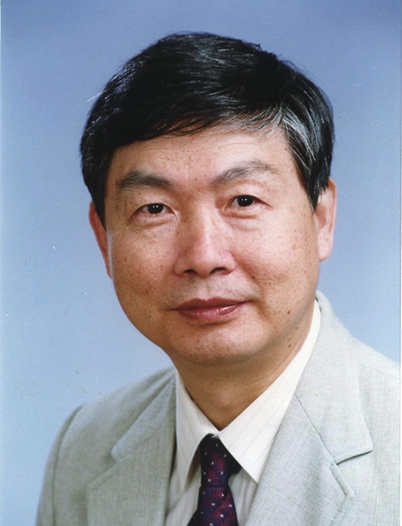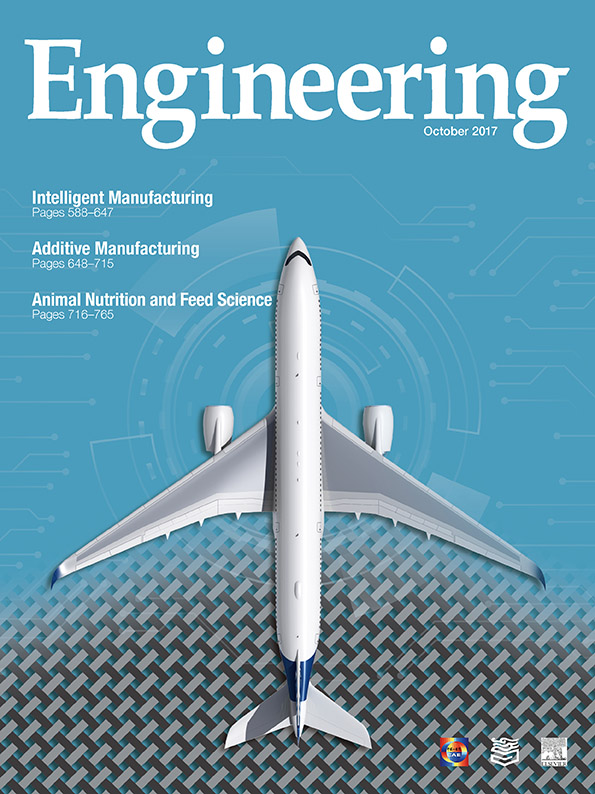
This special issue of Engineering contains six papers, including one research paper, one perspective paper, and four review papers, that have been contributed by influential experts from four countries. These papers focus on recent advances in a wide variety of intelligent manufacturing fields, such as controlling methods and strategy, intelligent design for customized products, Internet of Things (IoT)-enabled manufacturing and cloud manufacturing in the context of Industry 4.0, integrated and intelligent manufacturing, and the manufacturing of a reinforcement complex for composite structures.
The review paper by Li and Si points out that all devices and systems in future manufacturing should have sensing and basic intelligence capabilities for control and adaptation, and that intelligent manufacturing systems should have the capabilities of flexibility, adaptability, and intelligence. This multiscale challenge will require control action to be distributed and integrated with different approaches, including smart sensing, optimal design, and intelligence for learning.
The work by Zhang et al. reviews the key technology of intelligent design for customized products. Product digital design involves completing the product design process using advanced digital technologies. The key technology of intelligent design for customized products includes the description and analysis of customer requirements (CRs), product family design (PFD) technology for the customer base, configuration and modular design for customized products, variant design for customized products, and knowledge push for product intelligent design. The development tendency of intelligent design for customized products includes big-data-driven intelligent design technology for customized products, and customized design tools and applications.
The paper by Zhong et al. provides a comprehensive review of associated topics such as intelligent manufacturing, IoT-enabled manufacturing, and cloud manufacturing. Key techniques used to enable intelligent manufacturing, such as the IoT, cyber-physical systems (CPSs), cloud computing, big data analytics (BDA), and information and communications technology (ICT), are reviewed. Worldwide movements are described, including government strategic plans for different countries and for major international companies in the European Union, the United States, Japan, and China.
The work by Pierce and Falzon discusses how an increasing demand for weight reduction and greater fuel efficiency continues to spur the use of composite materials in commercial aircraft structures. This development has prompted renewed interest in out-of-autoclave processing techniques in which resins are introduced into a reinforcing preform. In addition to reviewing previous research related to process modeling and the current state of the art, this paper highlights the recent validation of a multi-physics process model against the experimental infusion of a complex double-dome component.
The study by Liu et al. focuses on the high-order dynamic characteristics of the ball-screw feed drive system due to flexibilities of the slender screw spindle and joints between components. Using a frequency-based substructure approach, a dynamic model is established that considers the flexibilities and their variation. A corresponding control strategy, which is composed of a modal characteristic modifier and an intelligent adaptive tuning algorithm, is then developed.
The perspective paper by Chen emphasizes that a new manufacturing paradigm is emerging that can be characterized by two unique features: integrated manufacturing and intelligent manufacturing. This trend is in line with the progress of industrial revolutions, in which higher efficiency in production systems is continuously pursued. The paper describes the rationales and needs for integrated and intelligent manufacturing (i2M) systems.
As a conclusion to this editorial, I would like to express our deep appreciation to all the authors who have submitted their work for this special issue. We are also grateful to all the reviewers for their service and commitment to the journal through their rigorous reviews, timely responses within a tight schedule, and insightful and constructive comments that helped shape the outcome of this issue. Special thanks go to the journal’s support team for making this issue possible.













 京公网安备 11010502051620号
京公网安备 11010502051620号




